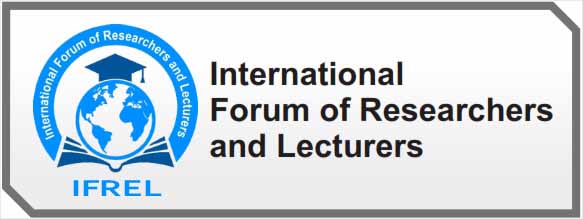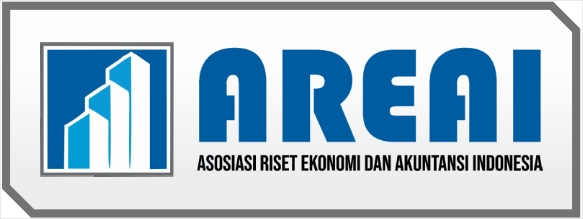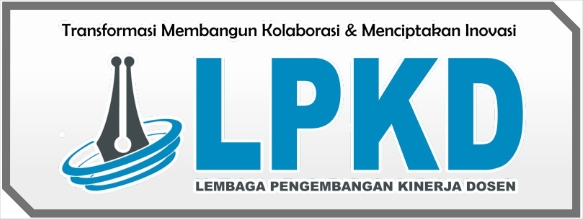THE EFFECT OF SOCIAL MEDIA ON COMMUNITY SOCIAL CHANGE
DOI:
https://doi.org/10.55606/bijmt.v3i1.1012Keywords:
quality, human resourcesAbstract
Indonesia is one of the many countries with confirmed cases of Covid-19. An increase in Covid-19 cases can have a big impact, one of the impacts is the declining quality of human resources for each individual in a company. To improve the quality of human resources, of course you have to know the management of human resources. Human resource management is the process of managing human beings from planning, recruitment, selection, training, development, compensation, career, safety, health and maintaining industrial relations to termination of employment to achieve from the company and achieve prosperity. The scope of HRM is the objectives of HRM, policy objectives and functions of HRM related to improving the quality of the company's human resources, including: 1. Planning 2. Organizing 3. Implementation 4. Supervision. The functions of human resource management in a company or organization itself include: 1. Job analysis 2. Human resource planning 3. Human resource recruitment 4. Selection 5. Training and development 6. Job evaluation 7. Compensation 8. Career path 9. Safety and health. Factors that influence the quality of human resources in a company are as follows: 1. Company culture 2. Environment 3. Technology 4. Leadership 5. Adaptation 6. Productivity 7. Motivation and recognition. The company's strategy in order to improve the quality of human resources after Covid-19, as follows: 1. Clear job description 2. Detailed work planning 3. Emphasis on technical qualifications and skills 4. Emphasis on special worker training 5.
References
Harahap, M., Firman, F., & Ahmad, R. (2021). (2021). Use of Social Media and Socio-Cultural Changes in Society. Educative: Journal of Educational Sciences, 3(1), 135–143. https://doi.org/10.31004/edukatif.v3i1.252
Rafiq, A. (2020). (2020). The Impact of Social Media on Social Change in a Society. Global Communications, 1(1), 18–29.
Rijali, A. (2019). (2019). Qualitative Data Analysis. Alhadharah: Journal of Da'wah Science, 17(33), 81. https://doi.org/10.18592/alhadharah.v17i33.2374
Sarkawi, D. (2016). (2016). Social and Cultural Change Due to Social Media. In Journal of Office Administration (Vol. 4, Issue 2). (Vol. 4, Issue 2).
Setiadi, A. (2016). Utilization of Social Media for Communication Effectiveness. 1–7.
Nurudin. (2018). (2018). New Social Media and the Emergence of Braggadocian Behavior in Society. Communities: Journal of Communication and Information Technology, 25-36.
True, VA (2013). (2013). Family Communication Approach in Magetan Regency to Prevent the Negative Impacts of Social Media on Underage Children. ASPIKOM Journal, 619-627.
Doni, FR (2017). (2017). Smartphone Usage Behavior Among Adolescents. Journal Speed Engineering and Education Research Center, 16-23.
Moloeng L. (2002). Qualitative research methodology. Bandung: Rosdakarya Youth.
Sugiyono. (2015). (2015). Quantitative Qualitative Research Methods and R&D. Bandung: Alphabet.
Sari, DN, & Basit, A. (2020). (2020). Instagram Social Media As Educational Information Media. PERCEPTION: Communication Journal, 3(1), 23-36.
Triastuti E, Andrianto D, Nurul A. (2017). (2017). Impact Study on the Use of Social Media for Children and Adolescents. Jakarta: Puskakom.
Fikriyyah F. (2022). (2022). The Effect of Social Media on Socio-Cultural Change. Ulumul Qur'an: Journal of Al-Qur'an Science and Interpretation, 2(2). (2).
Burhan B. (2009). (2009). Sociology of Communication: Paradigm Theory and Discourse on Communication Technology in Society. Jakarta: Kencana.















